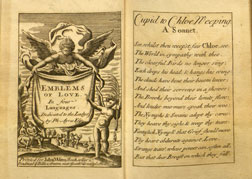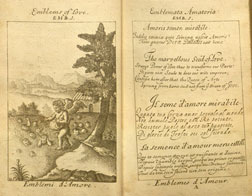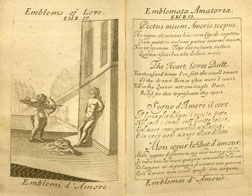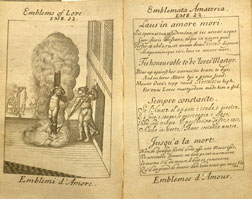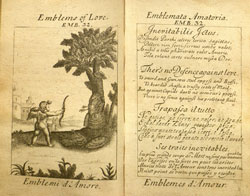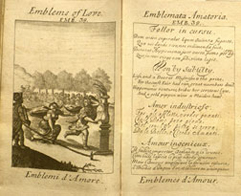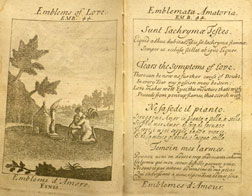
Family Resemblances: Early Modern Ideas on Sorting out the Natural World
Professor William B. Ashworth
Department of History, University of Missouri-Kansas City
Consultant for the History of Science, Linda Hall Library
This talk is affiliated with the 9th annual Life Sciences & Society Program symposium ‘Claiming Kin’ <http://lssp.missouri.edu/claimingkin> , Mar 15-17.
Kinship is disputed territory, investigated by a wide array of disciplines that include anthropology, cultural studies, evolutionary biology, family studies, genetics, law, medicine, psychology, sociology, and women’s and gender studies. Kinship classifications change across cultures and over time. As measures of legitimacy and arbiters of social standing, such categories have significant consequences. In the contemporary world, kinship is in flux as a result of such developments as reproductive technologies, blended families, same-sex marriage rights, and shifting gender roles. Our kin is not limited to humans, however. We belong to a vast evolutionary family tree, the history of which may influence the ways we interact with kin and organize kinship itself. The 2013 MU Life Sciences & Society Symposium, Claiming Kin, will explore the evolution of kin groups and evolving notions of kinship.
This lecture will serve to launch a Rare Books exhibit entitled “Kindred Kingdoms: Families in Flora, Fauna, and Fiction.”
